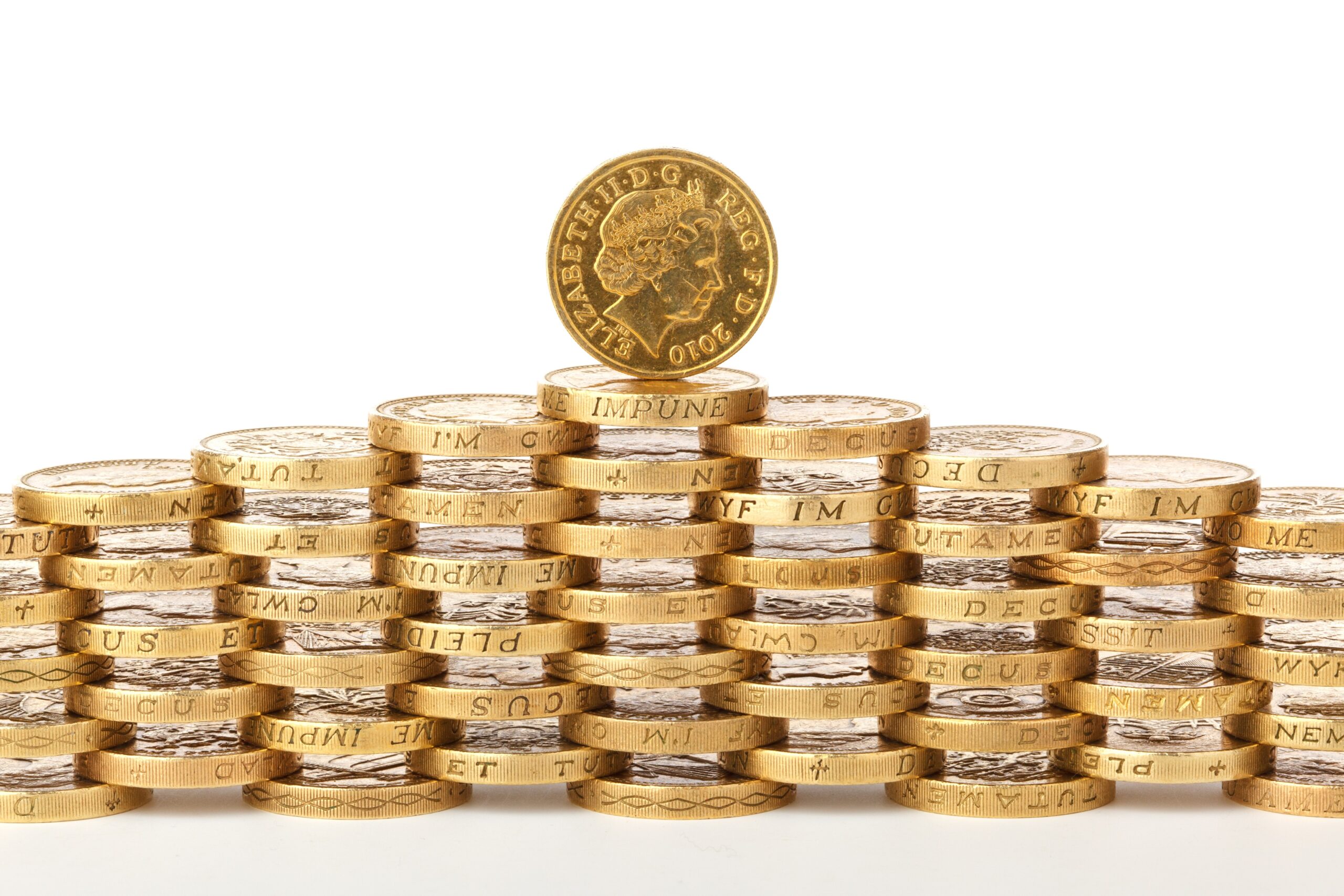With most UK service providers having made cash payments a thing of the past, a recent story in the UK press looked at the cost (to customers) of paper bills, as service providers increasingly pass the cost of paper billing on to their customers to discourage them from requesting them. The article raised three main issues:
- why is the cost of paper bills so high, and why does it vary so much between providers (with BT charging £3, TalkTalk £2, Sky and Virgin £1.75, The Post Office £1.50, First Utility £1 and PlusNet £0)?
- are these charges fair on people who don’t have internet access or don’t want digital bills? why are service providers of all types making it increasingly difficult for these customers?
- what is going to happen to the other functions of the paper bill (such as address verification)?
There are some strange anomalies in this situation. For example, BT has stated that the charge for paper billing applies to broadband bills but not to fixed line phone bills; PlusNet is a subsidiary of BT but does not charge for paper bills.
Meeting customer needs
Although BT uses ‘environmental reasons’ to justify its charges for paper bills, this overlooks the fact that some customers need or want paper bills. This might be because it helps them manage their outgoings, because they need them for tax return purposes (which affects both consumers and businesses) or because they need to use them for address verification.
The providers who want to opt out of paper billing need to be mindful of these needs, and of how they communicate what they’re doing to their customers. The Post Office, for example, largely made a niche for itself by exploiting the desire of some customers to pay in cash; a similar differentiating point is likely for paper billing, as it creates a differential of up to £36 per year between the highest charging operator (BT) and the lowest (PlusNet). Most, if not all, service providers offer the ability for customers to download the bill and print it off as a PDF. However, many customers aren’t aware this is the case.
These same customers often say that the thump on the carpet is a visual reminder to them to check their charges and pay their bills. To meet customer needs, service providers should offer a simple, effective digital equivalent of that thump on the carpet. This means a prompt that effectively stimulates them to check their charges. However, many customers don’t like digital bills because they find the process of logging into an internet site tedious, time-consuming and boring. They may find information hard to find or navigate. Most of them only want to know that their bill is as expected. Making it easier for them to check their balance, pay what’s owed and be alerted if there are unexpected charges assists take-up and satisfaction with digital bills. Going beyond that to provide a useful, engaging and personalised billing experience has the potential to provide a loyalty-generating service if the provider can provide insights that are valuable to the customer. But this is only the case if customers are aware of the features, know how to use them, and enjoy the experience.
Address verification via billing
This story not only reveals a failure of service providers to communicate adequately with their customers about how the digital bill is superior to what went before, and how it can still meet their ongoing needs, but also an interesting opportunity.
Broadband and home phone bills are used to verify addresses. Service providers currently get no benefit out of this process. But they could. Offering the ability to easily address-check subscribers for third-party companies that need this facility could be a saleable service. Most customers have only a small pool of companies they can use to perform this service for them – a single utility provider (because they now buy gas and electricity from the same firm), a broadband provider (because increasing numbers don’t have home phones and mobile bills cannot be used for this purpose), and a water/sewerage provider, a bank, local council (for council tax bill). Will the rise of multi-utility providers, this pool is shrinking even further. Digital charging means some firms are beginning to swerve producing something that resembles the traditional bill, or that issue it on a regular enough basis, to fulfil this function for customers.
Canny service providers could enable a simple, secure look-up service which confirms or denies whether someone is registered to an address and paying the bill there, and whether the bill payment is in good order, with a small charge payable from the company seeking this information. Turning something that currently has no upside into a revenue-generating service would seem to be a no-brainer.



